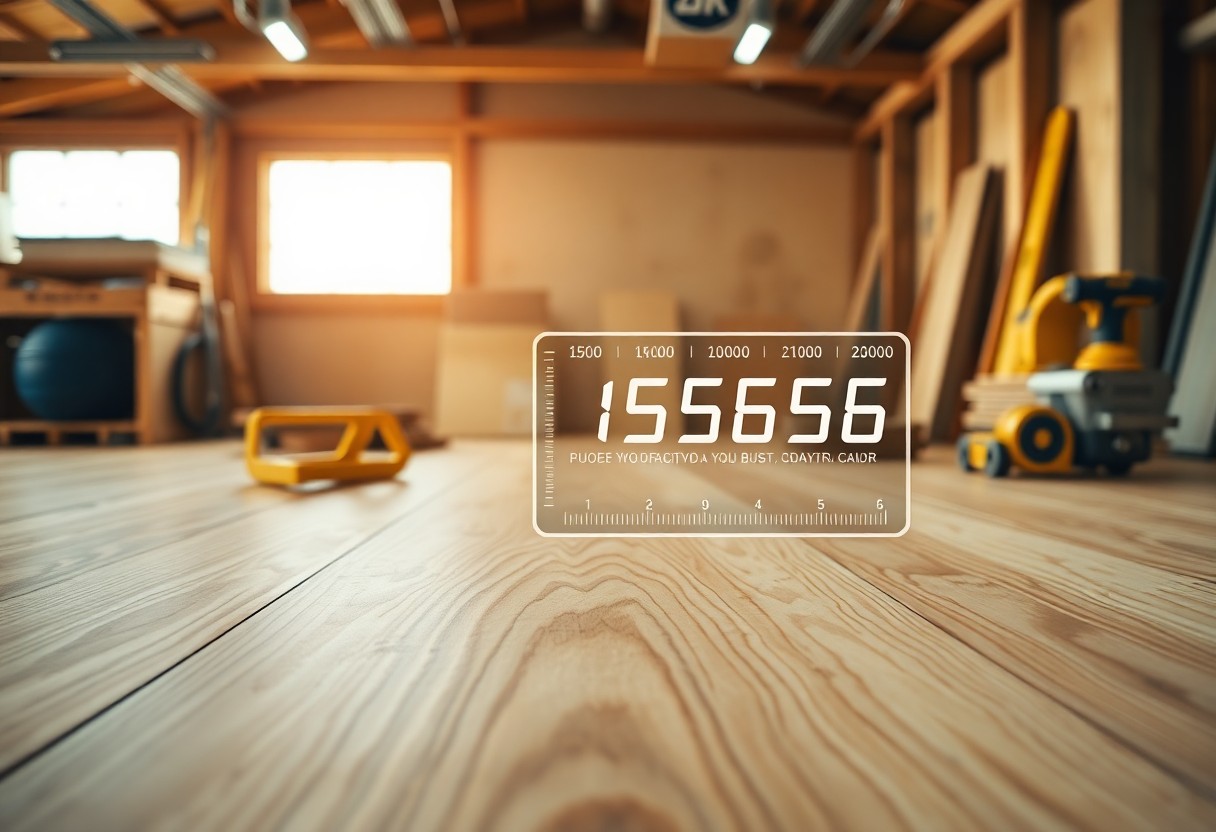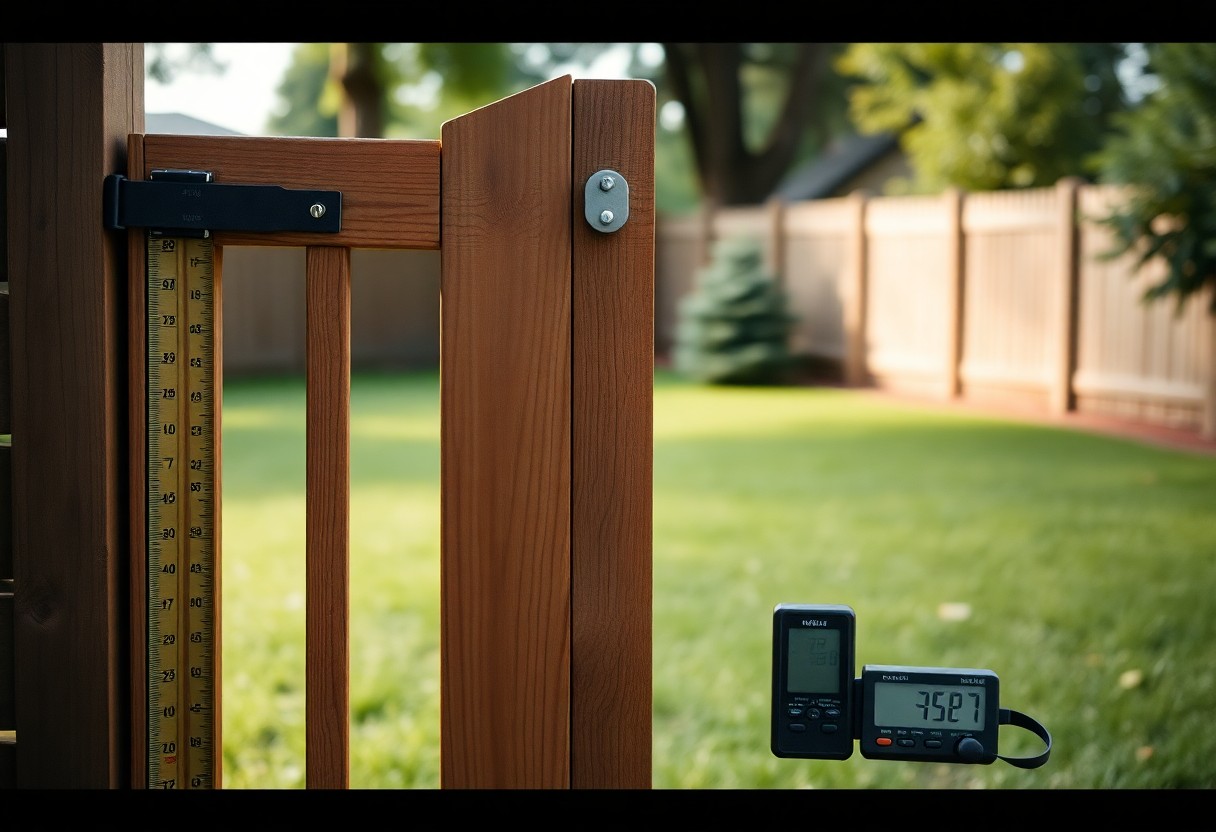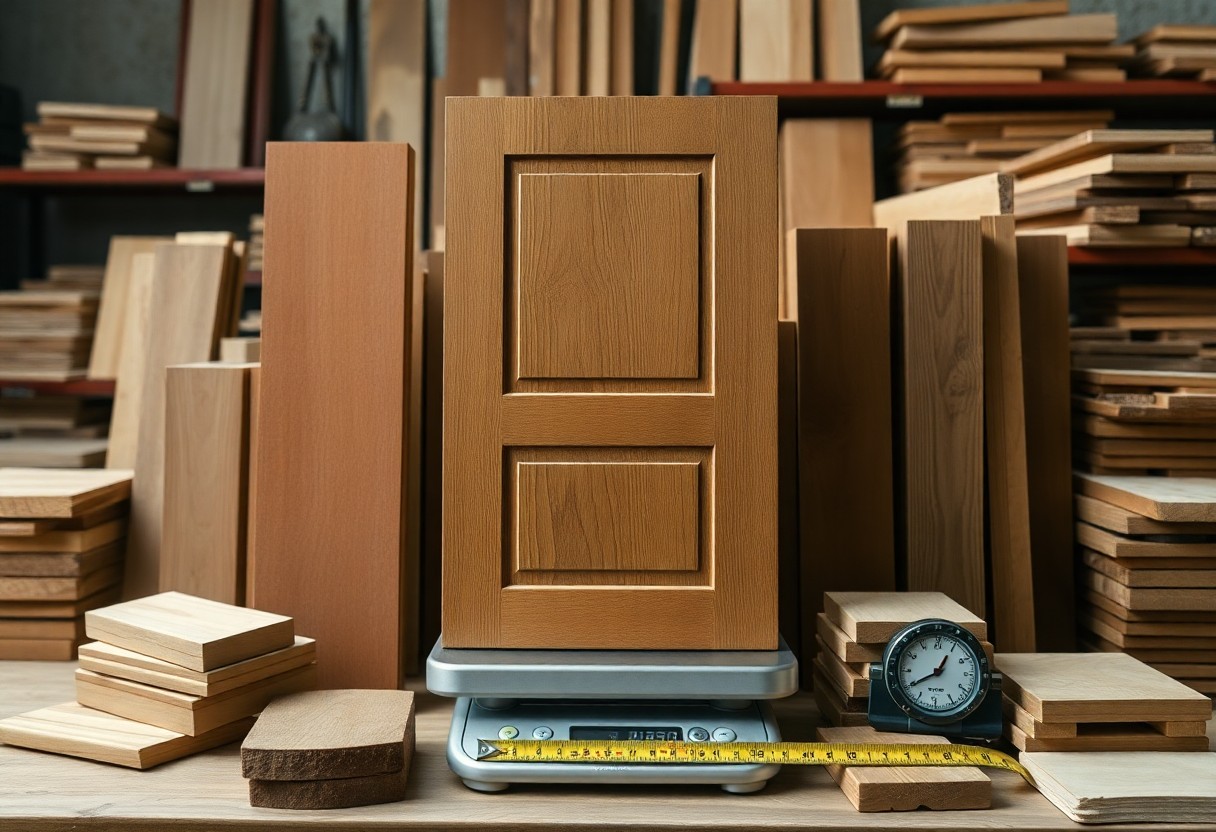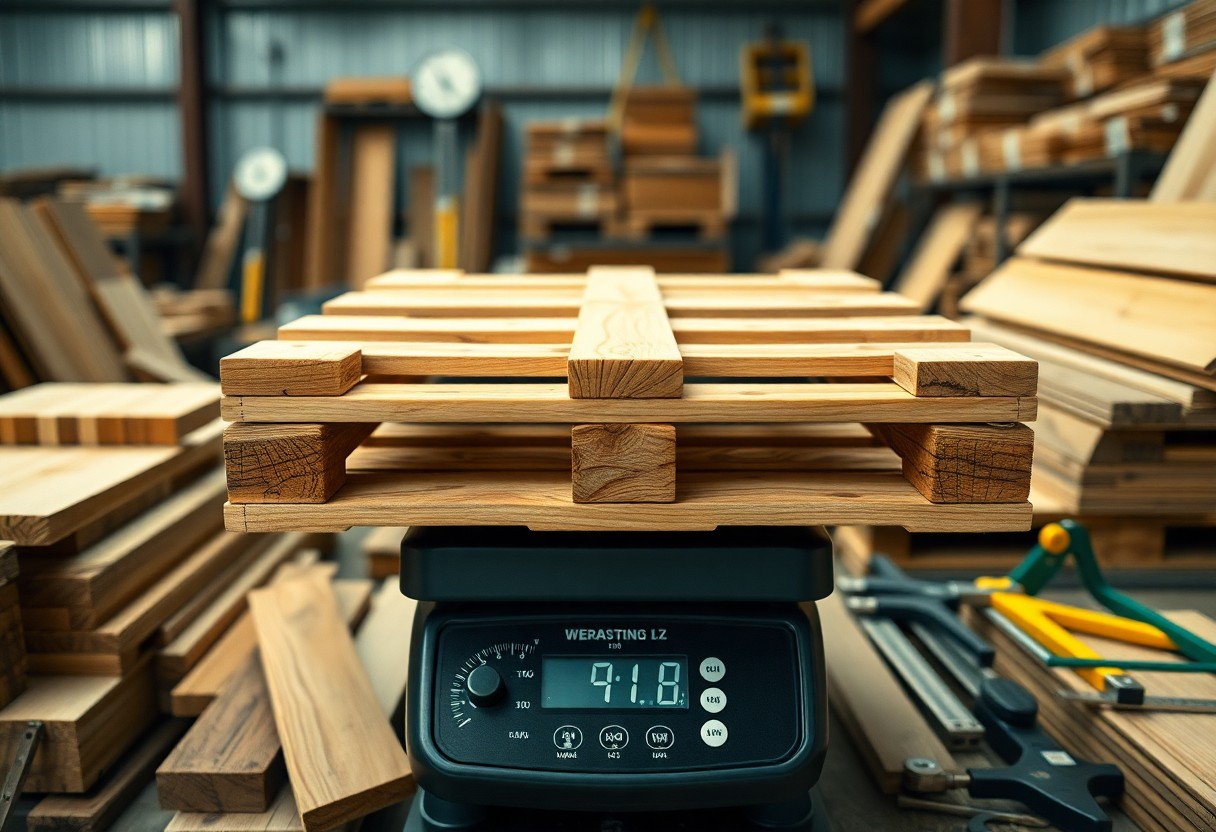You’re building a wood table, and you need to know how much weight it can hold. You’ve got the design, the materials, and the tools, but you’re missing one key piece of information: the weight capacity.
That’s where a wood table weight calculator comes in. With this tool, you’ll be able to determine the maximum weight your table can support, ensuring your creation is both functional and safe.
In this post, we’ll explore how to use a wood table weight calculator and what factors affect your table’s weight capacity.
How to Calculate Wood Table Weight
Wood Table Weight Calculator
While calculating the weight of your wood table may seem like a daunting task, it’s actually a straightforward process that requires just a few simple measurements and some basic math.
By following these steps, you’ll be able to accurately estimate the weight of your table and ensure it’s suitable for its intended use.
Measuring the Table Dimensions
Around the workshop, take out your tape measure and carefully record the length, width, and thickness of your table. Make sure to take precise measurements, as these will affect the overall weight calculation. Write down these values, as you’ll need them later.
Determining the Wood Density
Table materials vary greatly in density, which significantly impacts the overall weight. You’ll need to determine the density of your specific wood type, which can usually be found online or through consulting with a woodworking expert.
Due to the vast range of wood densities, it’s necessary to get an accurate value for your specific material. For instance, oak has a density of around 0.75 g/cm³, while pine has a density of approximately 0.35 g/cm³. Using the correct density value will ensure your weight calculation is accurate and reliable.
Factors Affecting Wood Table Weight Calculator
The weight of your wood table is influenced by several factors, including the type of wood used, its moisture content, and the design and construction of the table.
These factors can significantly impact the overall weight of your table, and understanding their effects is necessary for accurate calculations. You’ll need to consider the following factors:
- Type of wood used
- Moisture content
- Design and construction
Knowing these factors will help you make informed decisions when designing and building your wood table.
Type of Wood Used
Against the grain of popular belief, different types of wood vary significantly in density, which affects their weight. You’ll find that hardwoods like oak and maple tend to be heavier than softwoods like pine or fir.
Moisture Content
Any amount of moisture in the wood can add to its overall weight, making it necessary to consider the moisture content when calculating the weight of your table.
Understanding the moisture content of your wood is vital because it can fluctuate depending on the environment. For instance, wood exposed to high humidity will absorb moisture, increasing its weight, while wood in a dry environment will dry out, reducing its weight. You’ll need to account for these changes when calculating the weight of your table.
Calculating the Weight of Different Wood Types
Now that you have a basic understanding of how to calculate the weight of a wood table, it’s imperative to consider the varying densities of different wood types.
You’ll need to factor in the specific gravity of the wood you’re working with to get an accurate calculation. Below is a breakdown of the average weights for different wood types:
| Wood Type | Average Weight (lbs/cu.ft) |
|---|---|
| Softwoods (e.g., Pine, Spruce) | 25-35 |
| Hardwoods (e.g., Oak, Maple) | 35-50 |
| Exotic Hardwoods (e.g., Ebony, Bubinga) | 50-70 |
| Density-dependent Hardwoods (e.g., Ash, Beech) | 40-60 |
Knowing the specific weight of your wood type will ensure you get an accurate calculation for your table’s weight.
Softwoods (e.g., Pine, Spruce)
On the lower end of the density spectrum, softwoods tend to be lighter and more prone to warping. With an average weight range of 25-35 lbs/cu.ft, you can expect your softwood table to be relatively lightweight.
Hardwoods (e.g., Oak, Maple)
Along with their increased durability, hardwoods also come with a higher density. This means they’ll weigh more than softwoods, with an average range of 35-50 lbs/cu.ft.
Hardwoods like oak and maple are popular choices for wood tables due to their strength and attractive grain patterns.
However, their increased weight means you’ll need to factor in additional support and structural integrity to ensure your table can handle the load.
Weight Calculation Formula
Unlike other calculations, determining the weight of a wood table doesn’t require complex math. The formula is simple: you’ll need to multiply the volume of the wood by its density. The result will give you the total weight of your wood table.
Imperial System (Pounds)
Before you start calculating, make sure you have the measurements of your wood table in inches and the density of the wood in pounds per cubic foot (pcf). Then, plug in the numbers: weight (pounds) = volume (cubic feet) x density (pcf).
Metric System (Kilograms)
For metric calculations, you’ll need the measurements in meters and the density in kilograms per cubic meter (kg/m³). The formula remains the same: weight (kilograms) = volume (cubic meters) x density (kg/m³).
Kilograms are often preferred for their precision, especially when working with larger or heavier wood tables. Keep in mind that the density of wood can vary greatly depending on the type and moisture content. Make sure to look up the specific density of your wood type to get an accurate calculation.

Common Wood Table Weight Ranges
Keep in mind that the weight of a wood table can vary greatly depending on the type of wood, size, and design. Generally, you can expect a wood table to weigh anywhere from 50 to 500 pounds or more.
Small Tables (e.g., Coffee Tables)
Along with their compact size, small tables tend to be lighter, typically weighing between 50 to 150 pounds. This makes them easy to move around and rearrange in your living room.
Large Tables (e.g., Dining Tables)
Tables like dining tables, which often seat six or more people, can weigh significantly more, ranging from 200 to 500 pounds or more.
Understanding the weight range of large tables is especially important when considering factors like floor support and mobility.
You’ll want to ensure that your floor can handle the weight of the table, as well as any additional weight from chairs, dishes, and people.
Additionally, if you plan to move the table frequently, you’ll need to consider its weight and how it will affect your ability to do so.
Tips for Accurate Weight Calculation
Despite the simplicity of a wood table weight calculator, there are certain considerations you should keep in mind to ensure accurate results.
Be mindful of the density of the wood, as different types have varying weights. Additionally, consider the moisture content of the wood, as this can affect its weight.
- Use precise measurements for the table’s dimensions.
- Account for any additional features, such as legs or shelves.
Perceiving these factors will help you get an accurate weight calculation for your wood table.
Measuring Tools and Techniques
Along with a reliable calculator, you’ll need accurate measurements of your wood table. Invest in a good quality tape measure or ruler to ensure precise dimensions.
Take multiple readings to account for any variations, and record them carefully to avoid errors.
Accounting for Additional Features (e.g., Legs, Shelves)
Among the factors affecting your wood table’s weight are additional features like legs, shelves, or drawers. These components can significantly impact the overall weight, so it’s imperative to include them in your calculation.
Legs, for instance, can add a substantial amount of weight to your table, depending on their material, size, and number.
Consider the type of wood used for the legs, as well as their thickness and shape. Similarly, shelves and drawers will also contribute to the overall weight, so be sure to factor in their dimensions and materials when using a wood table weight calculator.
Conclusion
Upon reflecting on your journey through this guide, you’ve acquired a valuable tool to tackle woodworking projects with confidence.
Your newfound understanding of the Wood Table Weight Calculator empowers you to make informed decisions about your design, ensuring a sturdy and durable final product.
You’re now equipped to take on challenges, pushing the boundaries of creativity while keeping safety and functionality in mind. With this knowledge, your next woodworking venture is bound to be a success.








